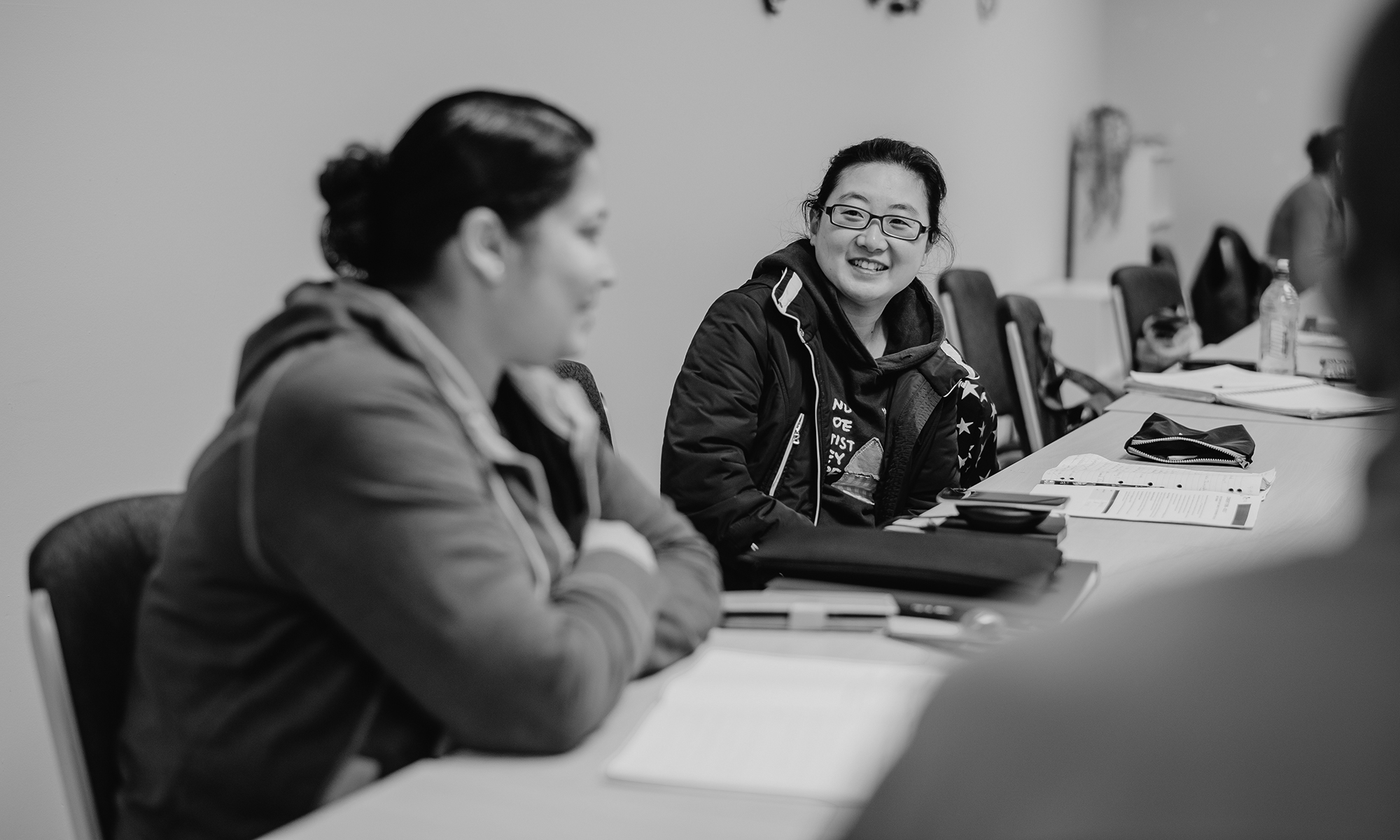Author: Ya-Hui Su, National Kaohsiung University of Hospitality and Tourism, Taiwan
Edition: Volume 55, Number 1, April 2015
Summary: In this article, I propose that neither traditional assessment nor alternative, competence-based assessment is adequate to meet the challenges of uncertain change. Existentialist assessment that focuses on developing learners’ commitment, rather than their competence, may be more decisive in empowering learners who are facing adversity. Existentialist assessment shifts the focus from impersonality, achievement, and universalism to the inclusion of the adult learner’s commitment to making meaningful connections between learning and his or her existence (being). These committed meanings are willed and produced by the learner, not only to bring to an end a disturbing situation and uncertainty but also to develop a sense of significance and sustainability when facing uncertainty and processes of change. To ascertain a learner’s ability to commit, self-assessment, with its first-person perspective, must be taken into account. Implications include the alignment of assessment with pedagogy that facilitates the adult learner’s commitment to connecting his or her existence with the world.
Keywords: adult lifelong learning, assessment; commitment, existentialist, lifelong learning, lifelong learner
![]()
![]()
![]()
![]() Share a copy of this abstract.
Share a copy of this abstract.
This article is part of AJAL, Volume 55_1. The entire volume is available in .pdf for purchase here.
